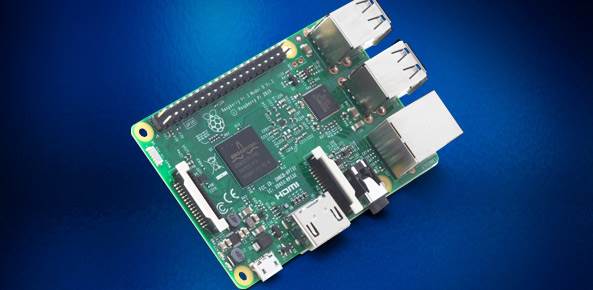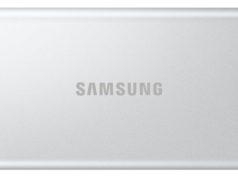Having just launched a new model of its single-board computer, Raspberry Pi is also working with Microsoft to encourage manufacturers and developers to use the Raspberry Pi 3 to create devices, applications and services for the Internet of Things.
Raspberry Pi founder Eben Upton announced the immediate availability of the Raspberry Pi 3 yesterday, which also marked the company’s fourth anniversary. At the same time, Microsoft unveiled a new Windows 10 IoT Core Insider Preview update that developers can use with the new Raspberry Pi board.
The updated Windows 10 IoT core is “optimized for connected things and smaller devices with or without a display,” according to Billy Anders, director of program management for Windows IoT. He added that Microsoft is working with the element14 developer community to bring the IoT core to the organization’s Raspberry Pi Customization Service.
First Out of the Box IoT-Ready Raspberry Pi
Available for $ 35, the Raspberry Pi 3 costs the same as its predecessor but provides a 50 percent to 60 percent improvement in performance compared to the Raspberry Pi 2, Upton noted yesterday in a blog post. With support for wireless LAN and Bluetooth, the Raspberry Pi 3 features a 1.2 GHz 64-bit quad-core ARM Cortex-A53 CPU.
Microsoft first announced Windows 10 support for Raspberry Pi last year, and has been refining the platform and capabilities based on customer feedback, Anders said in his blog post. He called the Raspberry Pi 3 “faster, more powerful and the first out of the box IoT-ready Raspberry Pi.”
The Windows 10 IoT Core is a version of Microsoft’s operating system that’s designed to enable developers to bring Windows 10 to a wide variety of IoT devices and services. Among some of the things produced by developers so far are home automation software developers kits, doors with facial recognition capabilities, remote heart rate monitors and a home safety agent for monitoring smoke detectors and other in-home features.
New Defender Service for Advanced Threat Protection
Microsoft today also announced another Windows 10 update: the launch of a new service for Windows Defender Advanced Threat Protection. The service builds on Window’s 10 existing Defender capabilities to provide a “new post-breach layer of protection,” according to Terry Myerson, executive vice president of the Windows and Devices Group.
“Even with the best defense, sophisticated attackers are using social engineering and zero-day vulnerabilities to break in to corporate networks,” Myerson said today in a post on the Windows blog. “As the attackers’ approaches have evolved and become more sophisticated, so too must our approach to provide security to our enterprise customers.”
The new Windows service provides users with key details about advanced threats, offers response recommendations and — like Windows 10 itself — will be continuously updated without any extra efforts by enterprise users, Myerson said. He added that the service has already been rolled out to numerous early-adopter customers and the Microsoft network, “making it one of the largest running advanced threat protection services.”
“Windows Defender Advanced Threat Protection is powered by a combination of Windows behavioral sensors, cloud based security analytics, threat intelligence, and by tapping into Microsoft’s intelligent security graph,” Myerson said. “This immense security graph provides big data security analytics that look across aggregate behaviors to identify anomalies — informed by anonymous information from over 1 billion Windows devices, 2.5 trillion indexed URLs on the Web, 600 million reputation look-ups online, and over 1 million suspicious files detonated every day.”
Image Credit: Product photo by Raspberry Pi.







